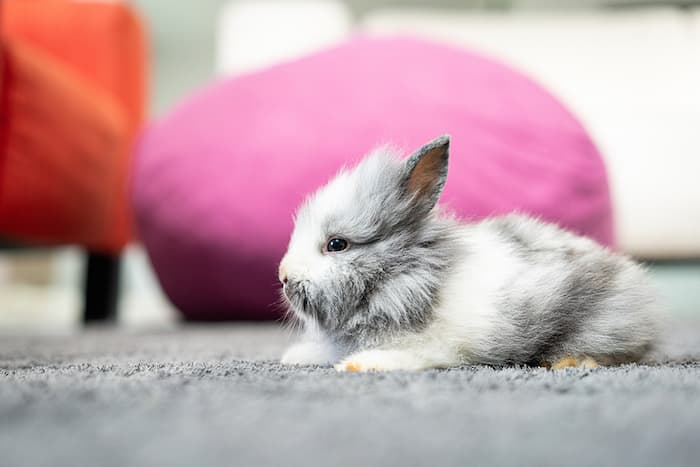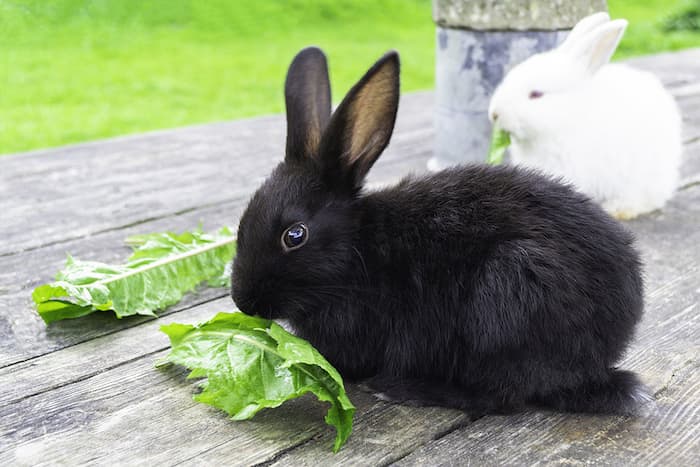Rabbits are a fantastic first pet for children, and a great addition to any family unit to boot. Though they are small, and even their hutch can take up a small footprint in your home, they nonetheless require diligent care in order to stay happy and healthy. Springtime is no different, and in fact, presents some new hazards which you as a rabbit owner should be aware of. Here are four things to look out for, and how to manage them.
Changing Diet
With the return of warmer weather and longer days, it is now safer to let your rabbit out of their hutch to roam the garden. They will inevitably graze on your grass while roaming – which can be a good source of fiber for them, but only in moderation. Before you let them out, ensure they have eaten well. A light source of nutrition, such as feeding hay for rabbits and other small animals, can prepare their stomach ahead of any grazing habits, and ensure they receive the right nutrition. You cannot supervise your rabbit’s grazing the same way you can supervise feeding in the hutch, so bear this in mind ahead of letting them roam.
Flowers and Plants
One of the pitfalls that come with that lack of supervision on grazing relates to other forms of plant life that might reside in your garden. A large number of spring plants and flowers are poisonous to rabbits – bulb-grown plants in particular, such as daffodils and tulips, are toxic, while weeds like ragwort can be potentially fatal if eaten. Ragwort is a particularly dangerous plant for rabbits, but easy to miss thanks to its biennial life cycle. Paying attention to the plants that grow in your garden is a must if you intend to let your rabbit loose in it; otherwise, taking care in which plants you pick when foraging for rabbit food can help prevent the ingestion of toxic plant life.
Flies
The rising temperatures of springtime also herald the return of pests such as flies, which can pose a particular risk to hutch animals. Some flies like to attempt to lay eggs in wet or matted fur, which can lead to something called flystrike – a potentially fatal condition for rabbits, and one which should be looked out for. Regular grooming and regular hutch-cleaning can prevent flies from getting a purchase, and keep your rabbit free from flystrike or other infections.
Weedkillers and Fertilisers
It is also important to bear in mind any gardening-related interventions you may have introduced. Both weedkillers and fertilizers can be toxic to rabbits, as can pest control materials. With regard to the latter, slug pellets are particularly dangerous, containing a compound called metaldehyde which can be lethal if ingested by rabbits. If you are taking part in any major gardening, it would be wise to prevent your rabbit from roaming – alternatively, you could avoid using chemical pesticides, and elect to use pet-friendly weedkillers to keep your garden safe for your rabbit to explore.
Related Reading


